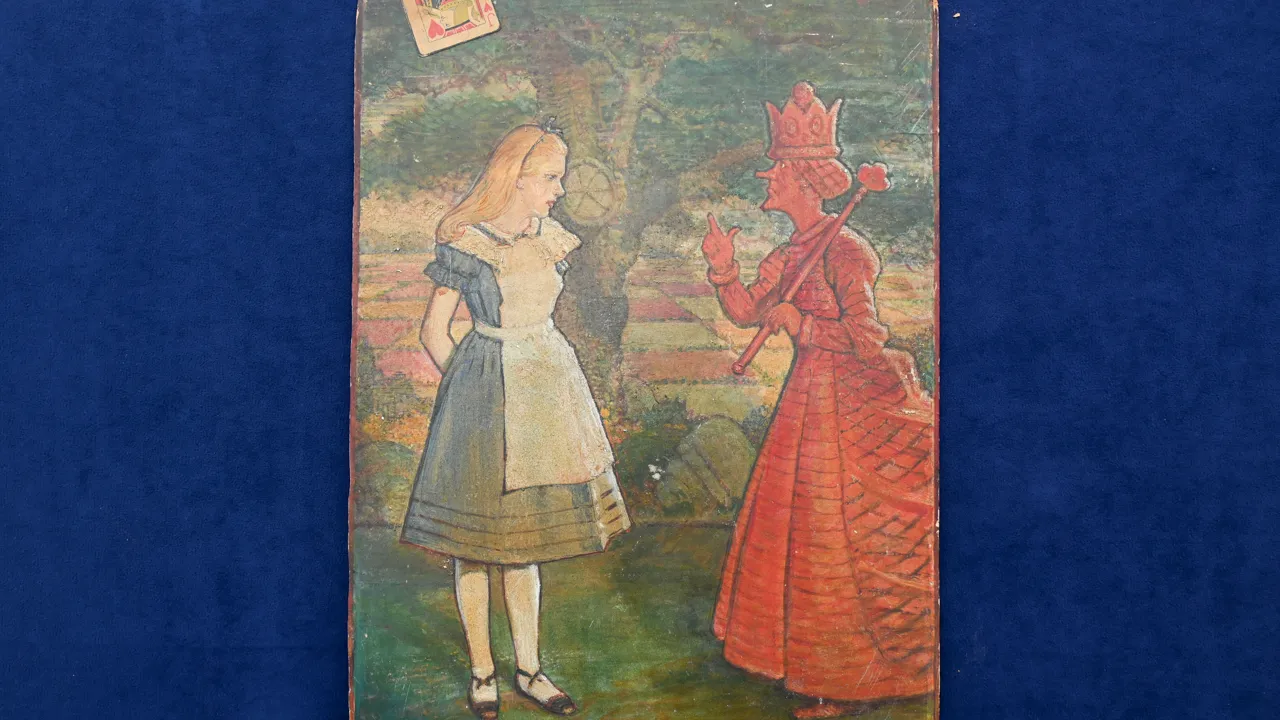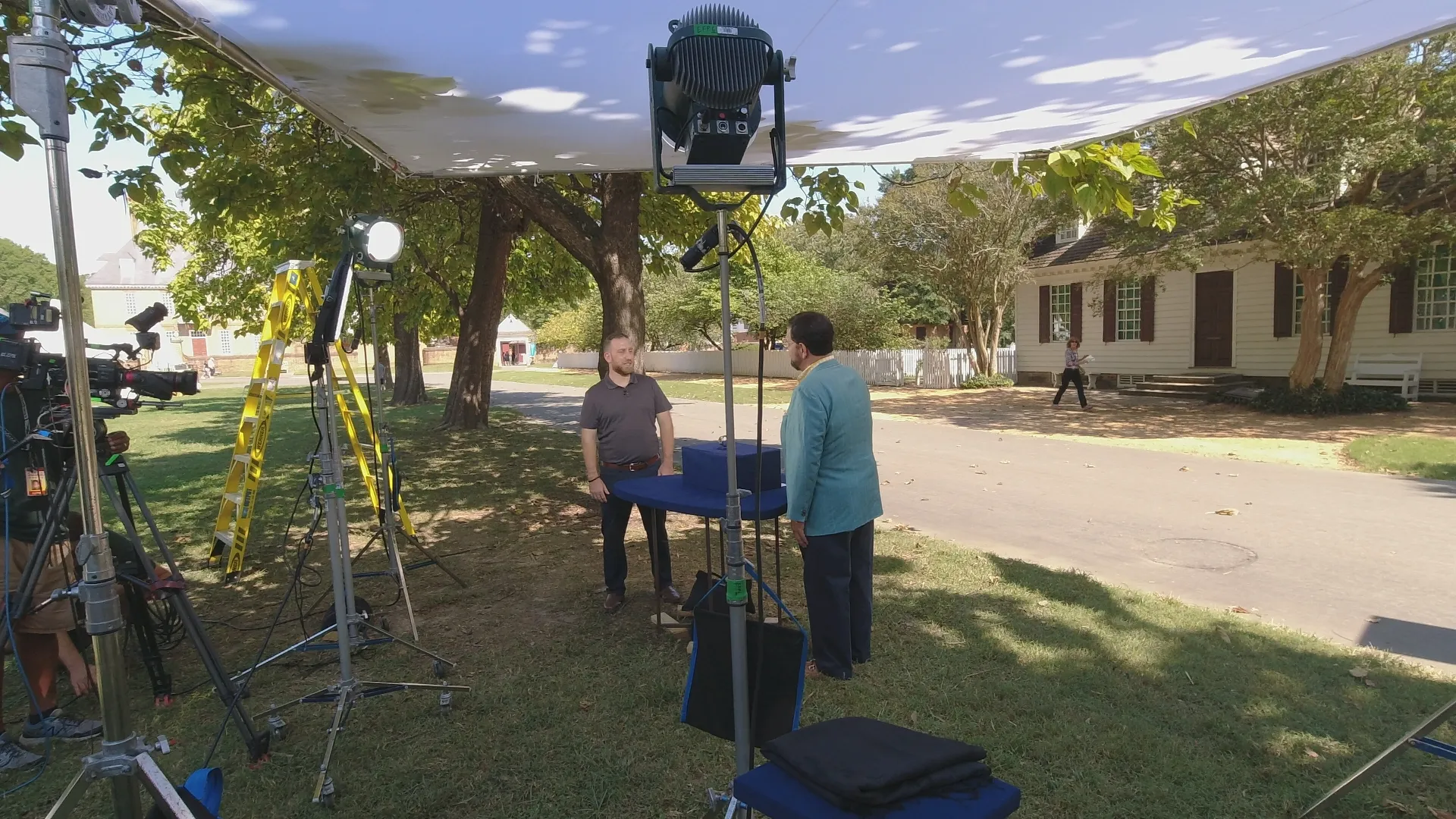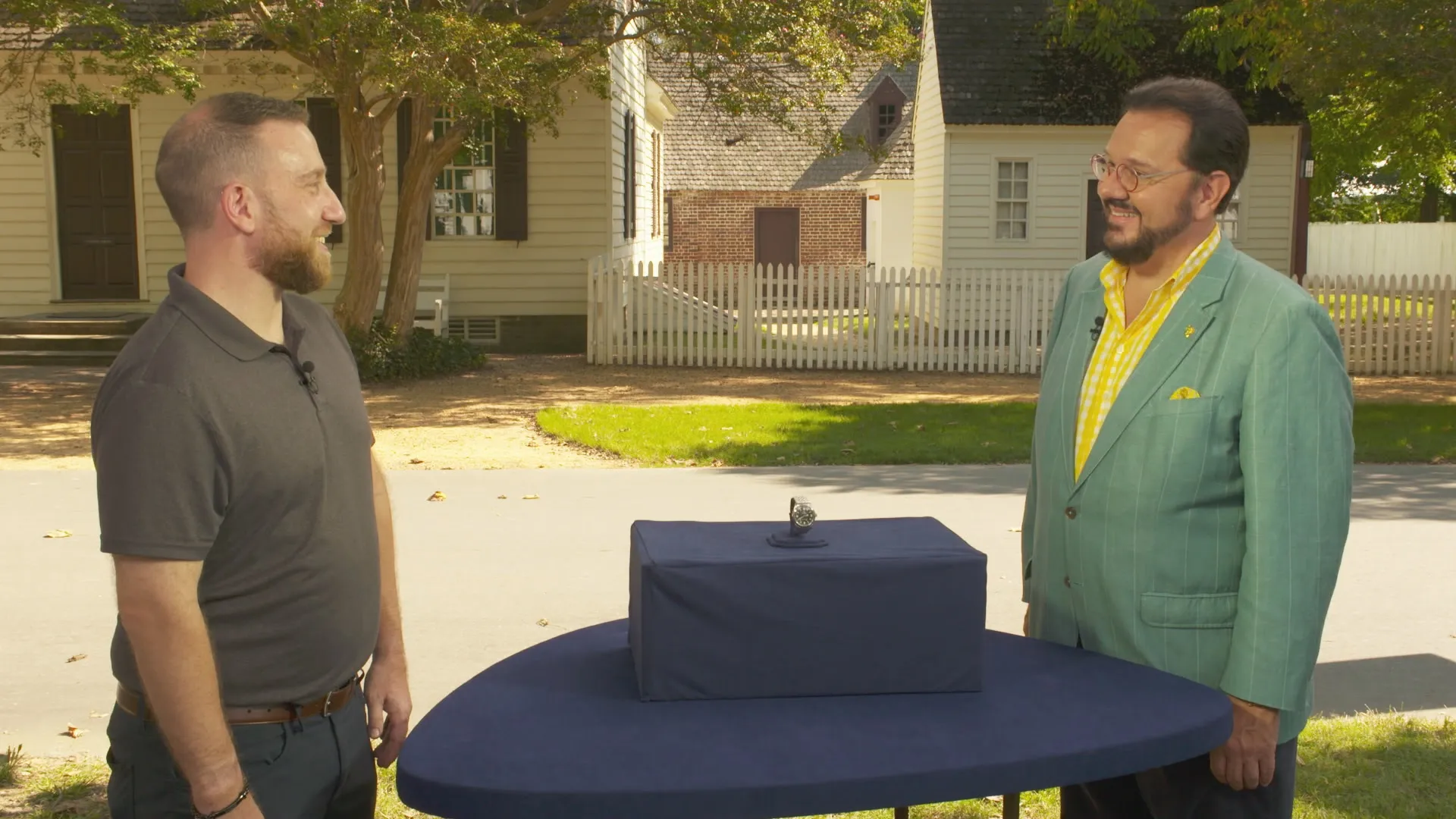GUEST: My father got that watch in 1969 in Hong Kong on his way to Vietnam. He wore it all through Vietnam and gave it to me when I graduated high school. And I wore it while I went through the Naval Academy and to Iraq and through a 20-year career in the Navy. So, and I'm planning to pass it on to, uh, one of my kids at some point in the future. I know it's a real Rolex. (chuckles) Um, got a little bit of slack for that in the Navy. But, uh, uh, no, I, I really don't know a whole lot about it other than he preferred, uh, not having the date rather than having the one with the date.
APPRAISER: What did your father do in the Navy?
GUEST: He was, uh, a dentist, and he did facial reconstruction while he was in Vietnam.
APPRAISER: It's a 1969 Explorer, referred to col-, by collectors as an Explorer I. The model, though, has been made since 1953 continuously.
GUEST: Okay.
APPRAISER: It's still very popular today. It is a little bit smaller than the other sport model sizes.
GUEST: Mm-hmm.
APPRAISER: But extremely popular. It has a Jubilee Swiss bracelet, which is a Rolex bracelet.
GUEST: Mm-hmm.
APPRAISER: But I don't believe it originally came on that watch. Looks like a little bit later bracelet. Do you know why your father picked the Rolex and the Explorer model in general?
GUEST: I, I don't, and I...
APPRAISER: Yeah. I know you mentioned he didn't like the, he liked that it didn't have a calendar.
GUEST: Correct, uh, but other than that, no, I don't know, he just, that's what he liked. Unfortunately, he passed away in 2010.
APPRAISER: I think he probably liked it because of the black dial, and it was easy to read the, uh, the face of the watch.
GUEST: Mm-hmm.
APPRAISER: The numerals and hands would, would, uh, glow in the dark.
GUEST: Mm-hmm.
APPRAISER: So if, if he was working at night, he could, uh, easily see what the time was on it. It's a pretty neat piece. Rolex came out with it in 1953 because of all these explorers climbing mountains.
GUEST: Mm-hmm.
APPRAISER: And it was actually worn in quite a few expeditions.
GUEST: Okay.
APPRAISER: Any idea of a valuation on it?
GUEST: I think $7,000 or so. Just about what it would be to replace it.
APPRAISER: You know what your father paid for it?
GUEST: I do, actually. He paid, he said he paid $110 for it in 1969 in Hong Kong.
APPRAISER: They're quite collectible-- your watch, easily at auction, $12,000 to $15,000 is what it would sell for.
GUEST: Oh, wow. That's awesome, thank you.
APPRAISER: Great piece.
GUEST: Thank you.
APPRAISER: Glad you brought it in, and thank you very much for your service.













